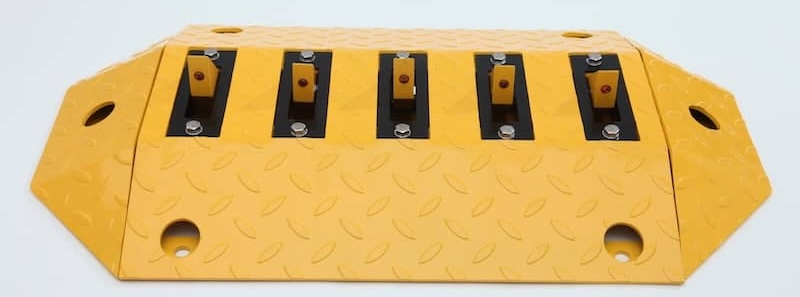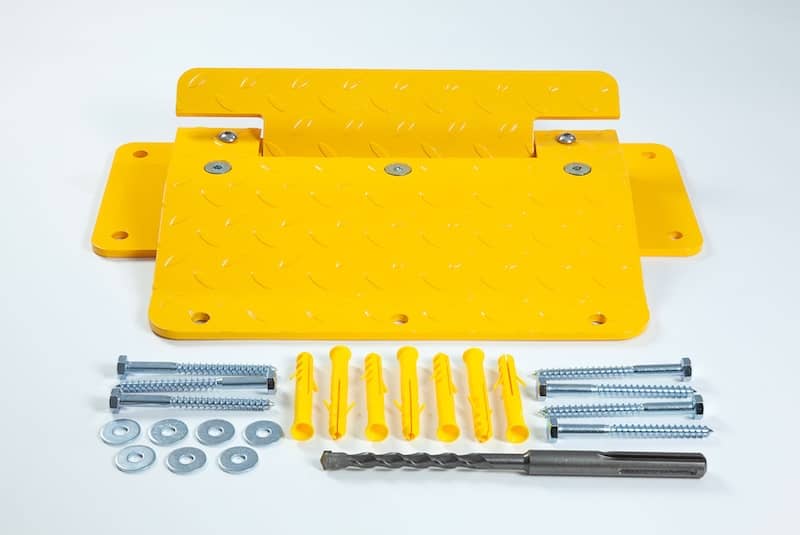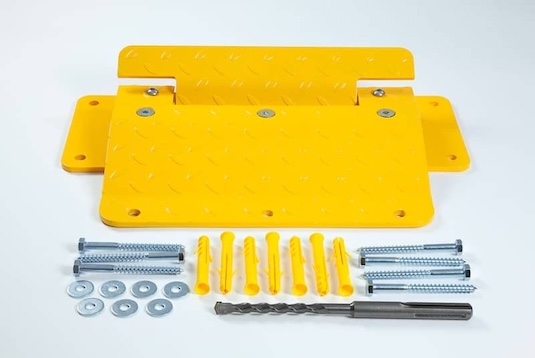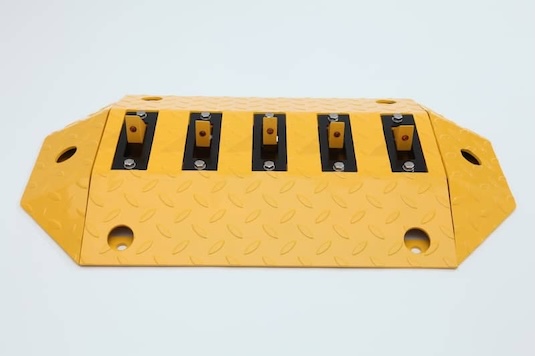
Heavy Duty Flow Plates for One-Way Traffic Management
When it comes to effective traffic control, heavy duty flow plates are a smart, low-maintenance solution for enforcing one-way traffic flow. Whether you manage a private car park, an industrial estate or simply wish to control traffic in a private residential estate, heavy duty flow plates, or directional flow plates, offer a reliable and secure way to slow vehicles and ensure vehicles move in the correct direction without the need for manual oversight or expensive automation.
What are Flow Plates?
Flow plates are installed into the surface of a road or car park to control the direction of vehicle movement. They allow vehicles to pass freely in one direction, but physically block or deter movement in the opposite direction. This makes them ideal for one-way traffic control situations, for example where you wish to stop users leaving a car park through the entrance.
Use of Flow Plates
Directional flow plates are used in a variety of traffic management scenarios:
- Car park flow control: Prevent unauthorised entry or control vehicle flow for safety and efficiency.
- Private roads or gated communities: Enforce one-way travel to prevent head-on collisions or confusion.
- Loading bays and logistics hubs: Ensure trucks and heavy vehicles follow designated paths for optimal flow.
- Security areas: Integrate with gate systems to deter wrong-way access into restricted zones.
Flow Plates vs. Speed Bumps
Speed bumps are designed to slow vehicle traffic whilst flow plates are designed to slow vehicle traffic and encourage the flow of one-way traffic. Flow plates are often used in car parks and estates to discourage users from exiting through the entrance.
Which Flow Plates should I purchase?
Firstly, you will need to consider what traffic is passing over the flow plates. For areas with HGVs and heavy vehicles passing over the heavy duty flow plates would be recommended alongside heavy duty speed bumps. You should also consider whether the flow plates will always be in use. For example, our Heavy Duty Flow Plates can be locked down to allow traffic to temporarily flow in both directions when required. It is also important to consider where you are installing the flow plates. It important drivers pass over the flow plates in a straight line so the flow plates should not be installed close to a bend in the road. It is also of course important to alert users to the upcoming flow plates to allow them time to slow down and safely pass over the plates at 5mph.
How to install Flow Plates
At The Ramp People are surface moumted flow plates are all provided with pre-drilled fixing points and fixings for tarmac and concrete, along with a drill bit to allow you to secure these to the ground. It is recommended to use flow plates in conjunction with speed bumps and speed bump warning signs.
In terms of layout, various layouts can be used. Some installed flow plates side by side to create a continuous line, whilst others prefer to have two rows of flow plates.
It is important drivers drive over flow plates in a straight line and therefore we advise you do not position flow plates by a corner or bend in the road. Flow plates are not designed to be used in pedestrianised zones.
The Ramp People's Flow Plates
At The Ramp People we offer a range of flow plates, speed bumps and warning signs. If you have any questions regarding the most suitable solution for your car park or road, please contact our team.










